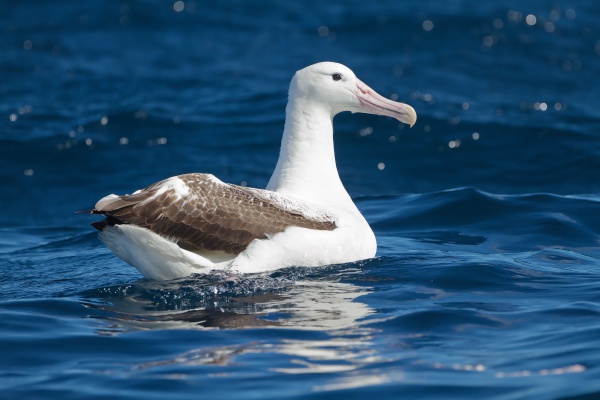Facts About Southern royal albatross
The southern royal albatross is a majestic seabird renowned for its incredible wingspan, which can extend over 3 meters. This makes it one of the largest albatross species, comparable to the wandering albatross. Remarkably, recent research suggests that the southern royal albatross may be, on average, slightly heavier than its wandering counterpart.
Classified within the albatross family, Diomedeidae, these birds are part of the order Procellariiformes. They possess some unique characteristics, such as nasal passages that connect to the upper bill and a special stomach oil used both for defense and as an energy source.
There was a time when the southern royal albatross was considered the same species as the northern royal albatross. Today, they are recognized as separate species, although some experts still discuss this classification. The name "Diomedea" is derived from Greek mythology, lending an element of ancient lore to these splendid birds.
In terms of size, the southern royal albatross is no small creature. They measure between 112 to 123 cm in length and weigh approximately 8.5 kg on average, with males generally being heavier than females. These birds are primarily found in the southern oceans, particularly around Campbell Island, which hosts a significant population.
Regarding their diet, these birds predominantly feed on squid and fish, typically within a 1250 km radius of their breeding grounds. They nest biennially, preferring tussock grasslands or plateaus, and both parents share the duties of raising their offspring.
Nonetheless, the southern royal albatross faces several challenges. The IUCN lists them as vulnerable due to threats from the fishing industry, invasive species, and habitat degradation. Despite these challenges, there is a glimmer of hope—the population has shown signs of recovery after previous declines.

 Argentina
Argentina